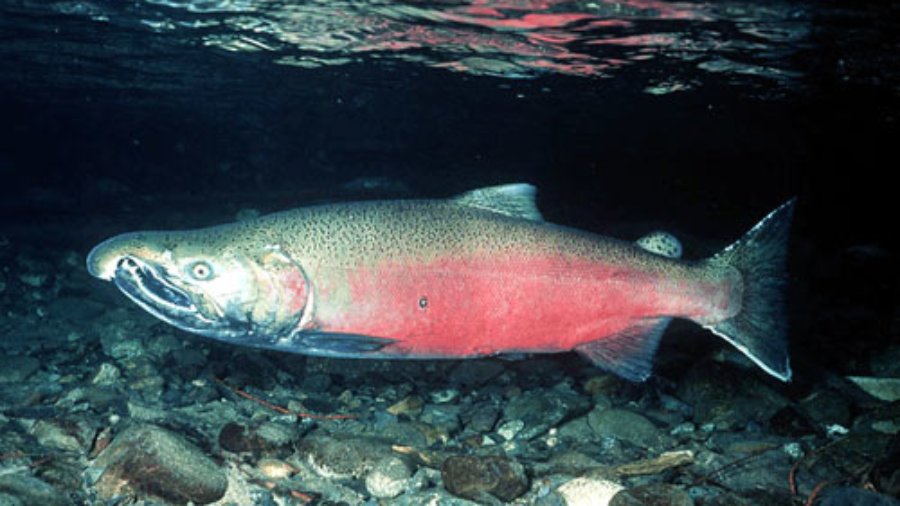Since 2011 the California Department of Fish and Wildlife has been surveying the Smith River watershed the determine the extent of coho salmon populations and their habitat. This work is unprecedented and has demonstrated the importance of the Smith River estuary in maintaining coho populations not only in the Smith River, but throughout California and the West.
According to the National Marine Fisheries Service (NMFS), the reason that the Smith River’s coho run is important to the rest of the California-Oregon coho population is because the Smith is a “core watershed,” meaning that it is healthy enough to maintain the species well into the future and therefore to “recolonize” less healthy watersheds as they “recover.”
The importance of such core watersheds was perhaps best illustrated in 2015, when Redwood Creek — the pristine stream that flows through Muir Woods National Monument in Marin County — had zero coho return to spawn. This had never happened before. The Redwood Creek coho crash is indicative of a south-to-north coho extinction process that is now plaguing California.
While the Smith River’s coho salmon runs are relatively healthy, the key term here is “relative.” The 2014 NMFS Southern Oregon/Northern California Coho Recovery Plan lists even the Smith River’s coho population as being at a “high extinction risk.” Note that in the Smith River chapter of the Coho Recovery Plan, Siskiyou Land Conservancy and our predecessor, the Smith River Project, are cited as sources about pesticides.
When considering the importance of the Smith River to the survival of coho salmon up and down the Oregon-California coast, the most important reading might be Cal Fish and Wildlife’s 2015 analysis of the Smith River estuary to maintaining the river’s coho population. That report and others are below.
Cal Fish and Wildlife 2015 Smith River Estuary and Coastal Plain Report
Greater Smith River Coho Salmon Study 2014
2002 California State Study Showing Coho Salmon Moving Toward Extinction


